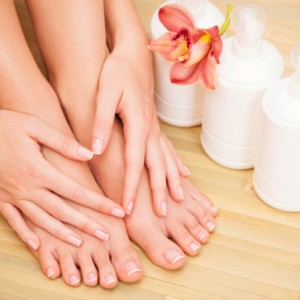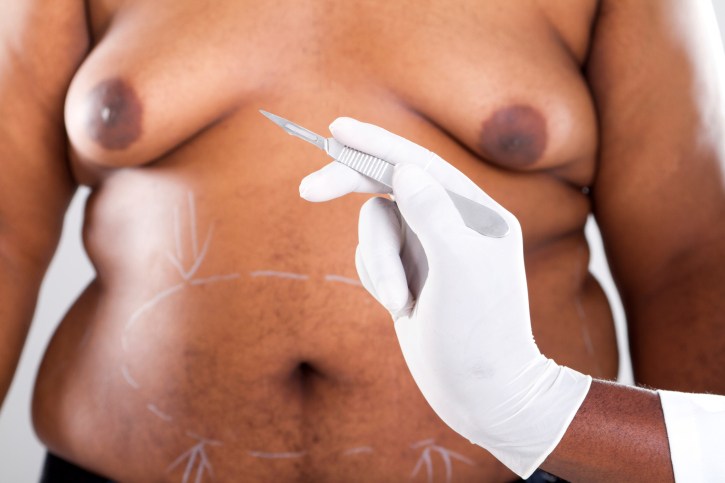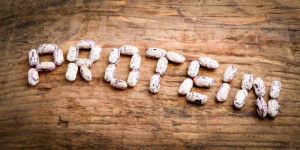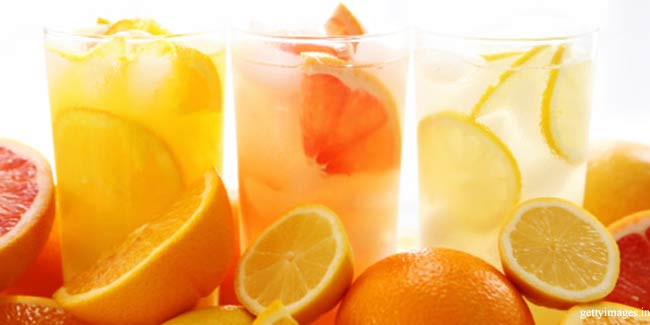How to Increase Calorie Burn!
The number of calories you burn a day, also known as your total daily energy expenditure (TDEE), plays a central role in weight loss and weight gain. Your total energy expenditure is under genetic and environmental control. In other words, how many calories you burn a day is influenced by your genes and by your actions (lifestyle).
The number of calories you burn in a day (TDEE) is made up of three parts. To increase your calorie burn you need to increase one or more these factors.
1. RESTING METABOLIC RATE (RMR)
60 – 75% of all the calories you burn is simply to keep you alive, i.e. to run essential bodily functions, such as heart, lung and brain function. Metabolic rate is talked about a great deal, since it makes up a huge chunk of the calories you burn. Unfortunately, metabolism is largely under genetic control. Work out your calorie needs using this calculator.
What you can do to increase calorie burn: Increasing muscle mass will increase metabolism, while muscle loss will decrease metabolic rate. Muscle mass is often lost along with fat during calorie restriction for weight loss, which means that after dieting metabolism is slower than before. This is part of the reason that dieters tend to regain weight once they resume normal eating habits. They require fewer calories than before dieting and though they are eating the same number of calories the did pre-diet, they inadvertently are overeating. Exercise in conjunction with dieting will help stave of muscle loss and stop metabolism from slowing down. Avoid starvation diets. These very low calorie diets slow metabolism through complex hormonal pathways and the loss of muscle. End-result: weight loss failure. Read more about how to increase metabolism.
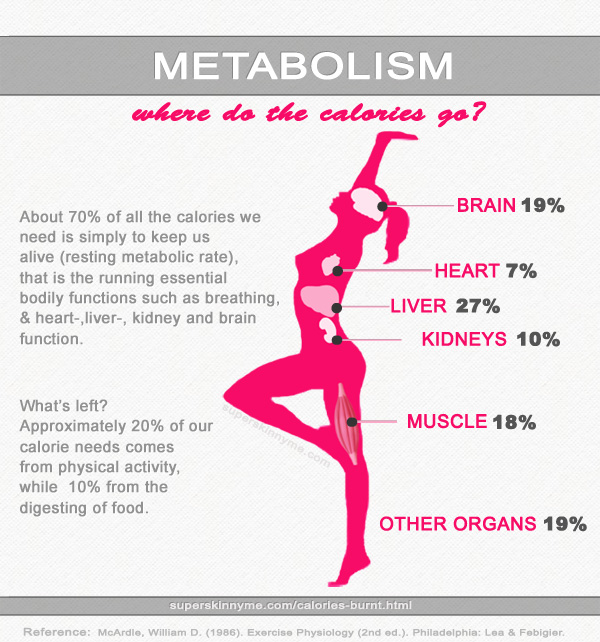
2. THERMIC EFFECT OF FOOD (TEF)
The food you eat needs to be digested and absorbed. This process requires energy and makes up approximately 10% of all calories burnt. Also greatly influenced by our genes.
What you can do to increase calorie burn: Tricks include eating frequent, small meals, chili peppers, high protein foods and drinking stimulant beverages (e.g. coffee, green tea or Red Bull) or ice-water. The overall impact is pretty small. However, green tea extract and coffee have shown some promise in increasing calories burnt.
3. PHYSICAL ACTIVITY
This encompasses all calories burnt from moving your body – exercise, walking, cleaning and even blinking your eyes. For the majority of people, physical activity makes up 15 – 30% of all calories burnt. However, this might rise as high as 40% in very active people. Obviously, the calories burnt from physical activity is highly variably, making it this on which you must concentrate your efforts.
What you can do to increase calorie burn: The amount of calories you burn during exercise will depend on the length and intensity of your workout, as well as the type of weight loss exercise you engage in. For example, running burns more calories than hiking. Find out the best weight loss exercise, with the highest calorie burn or try a weight loss workout plan.
Exercise increases the number of calories burnt in several ways:
1. The calories burnt during exercise – most important.
2. The calories burnt after exercise, aka “excess post oxygen consumption” (EPOC), commonly referred to as the afterburn. The greater the intensity of the exercise session, the greater the afterburn. HIIT is especially effective.
3. Exercise builds muscle, which increases metabolism (BMR) creating a body that burns more calories all day long.
These last two factors can increase the total number of calories your body burns by an extra 100 calories. That’s an extra 100 calories in addition to the calories burnt during exercise itself.
HOW TO BURN MORE CALORIES
There are a few more factors that influence how many calories you will burn during your workout. It is useful to have an understanding of these factors as they can inadvertently cause you burn less calories, leading to weight loss plateau.
WEIGHT
A heavier person burns more calories than a lighter one. Why? A heavier person has to carry more weight and overcome greater resistance, thus working harder and burning more calories to do the same work than their lighter counterpart. If you’ve hit a weight loss plateau its worth considering whether you’re burning less calories. Weight loss means you are lighter, expend less calories and have a lower daily calorie requirement compared to your heavier self. You may need to decrease your calorie intake to take your new lower weight into consideration. Therefore, recalculate your daily calorie requirements every few weeks as you lose weight. Use the calorie calculator.
LEVEL OF FITNESS
The more you do a particular exercise, e.g. running, the more your body adapts and the more efficient you become at your chosen sport. You learn how to run and run with better rhythm and efficiency. This is the reason it becomes considerably easier to do the same workout that only a few weeks ago you might have struggled to complete. But it also means you burn less calories. Therefore, you need to continuously increase some parameter of your exercise sessions. For example, if you are running, you have to increase speed, distance or time to maintain the level of difficulty and calories burnt. Otherwise weight loss will stop and you’ll hit a plateau.
ENVIRONMENTAL CONDITIONS
The amount of calories burnt by the body is greater in hot and cold temperatures, as the body requires more energy (calories) to cool (shivering) or heat (perspiring) the body respectively in order to maintain body temperature.
BODY TYPE
Calories burnt vary greatly between body types. Ectomorphs are genetically programmed to burn more calories than mesomorphs or endomorphs. This may be due an intrinsic need to move more, a faster metabolism and/ or the thermic effect of food.
References:
Lori Incledon, Strength training for women, Human Kinetics, 2005.
Roberta Larson Duyff, American Dietetic Association complete food and nutrition guide, American Dietetic Association, John Wiley and Sons, 2006.
-
Intermittent Fasting for Weight Management
For those who want a toned shape and who
-
Diet Changing Your Focus
Have you ever decided to take a trip somewhere relatively unfamiliar?
-
10 Thoughts You Must Catch to Beat Emotional Eating
Emotional eating seems to have entered the vocabulary of the everyd
-
Slow Weight Loss The Only Way That Really Works
Today the weight loss industry advertises many ways for people who wan
-
Big Fat Misunderstanding
For several years now we have been encou
-
Natural Weight Loss Tips
Eat well, keep moving. You just have read all you need to understand a
- DON'T MISS
- Maintaining Weight Loss Tips
- Burn Calories In A Better Way
- 4 Ways to Fail at Dieting and 4 Ways to Avoid Them
- IBD-related colorectal cancer risk raised by chronic inflammation, immunosuppressive therapy
- Top Weight Loss Techniques - Different Ways To Burn Fat
- 5 Methods To Detoxify Your Body And Become Healthier
- How to Get Skinny Legs & Thighs
- Weight Loss: Life and Death Begin in the Colon
- The 50 Best Weight Loss Foods of All Time
- Renewable Energy From The Earths Core
